New study published this week reveals that Hawaii’s volcanic surroundings harbor a diverse community of unknown microbes. Researchers have found that the microbial community within the islands’ lava cave systems, as well as other features formed by volcanic activity, are distinct, varied, and mostly uncharacterized. These results suggest that there is still a great deal to discover about the potential for life in the harshest environments on the globe.
Vulcanic gases and water may escape via these caverns, and tubes, including fumaroles. The RNA that was isolated from the samples was sequenced and examined, and from this came a preliminary atlas of the local microbial ecosystems.
As a result of extreme temperatures and the presence of substances harmful to most forms of life, several of these regions are among the most uninhabitable on Earth. Therefore, the study group anticipated discovering limited biological diversity inside the areas that had such harsh circumstances.
The scientists did find that the bacterial variety was higher in cave systems and tubes that had developed more than 500 years ago. Nevertheless, even the hot geothermal vents were teeming with different kinds of microorganisms. Moreover, the microflora in these more extreme environments seemed to have more complicated interrelationships than those seen in other settings.
This raises the issue of whether or not microbes become more reliant on one other and more engaged in community life when exposed to harsh conditions.
There was also very little crossover in the bacterial communities detected at various locations, suggesting that each habitat has its own distinct microbial world.
However, the Chloroflexi bacterium group has the potential to have a significant impact due to its widespread distribution throughout volcanic ecosystems and its apparent interactions with several other species. Certain groups of unresearched microorganisms in nature have been dubbed “microbial dark matter” by experts.

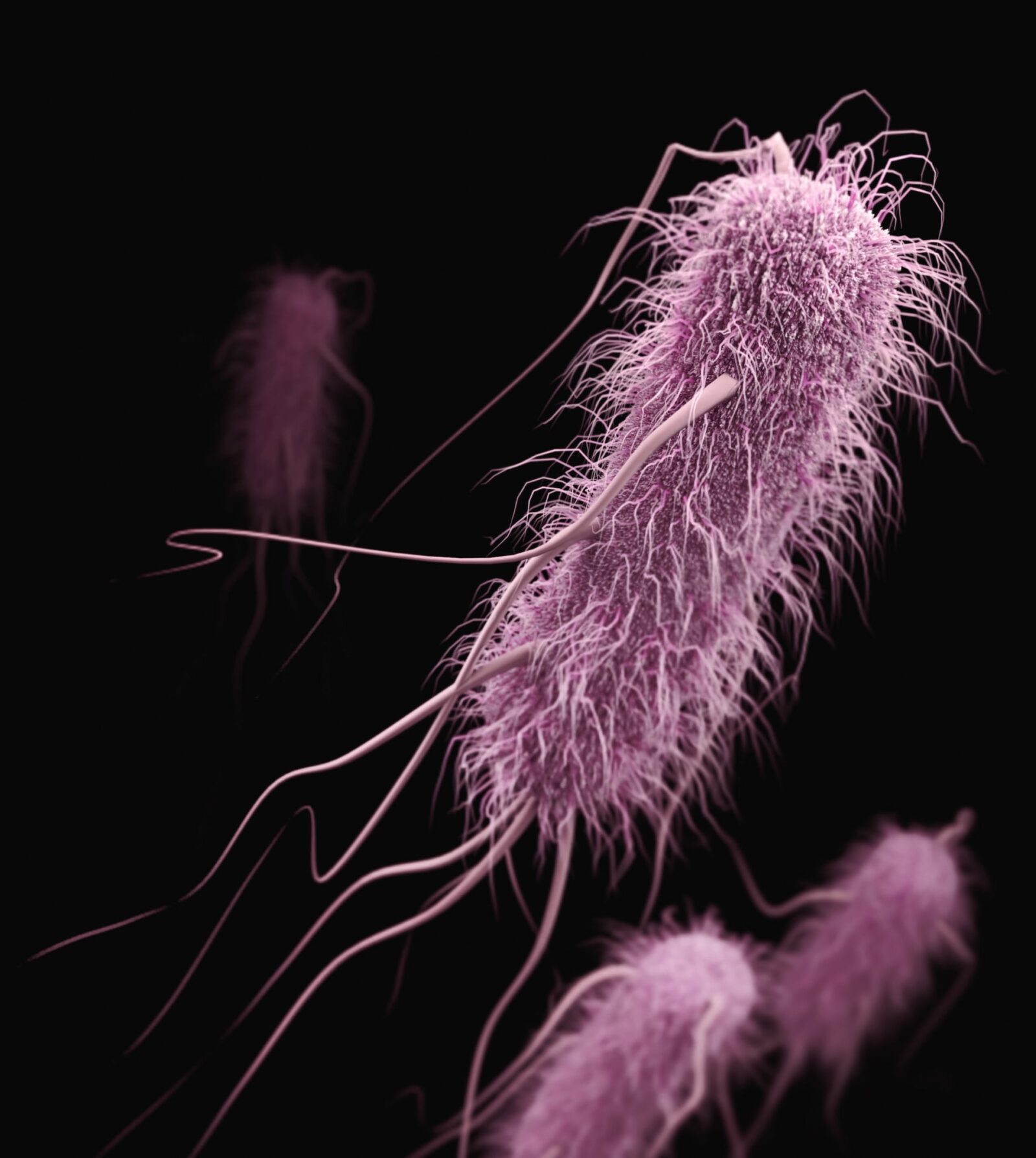








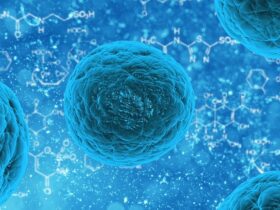
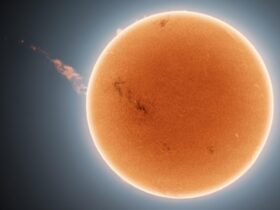
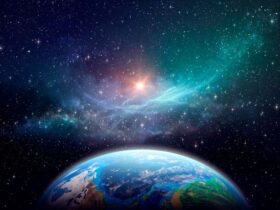
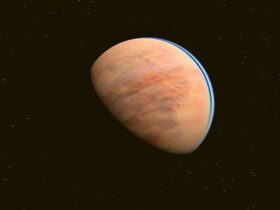
Leave a Reply